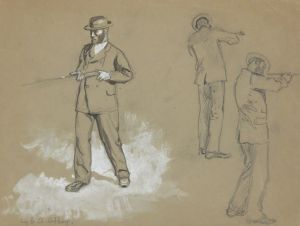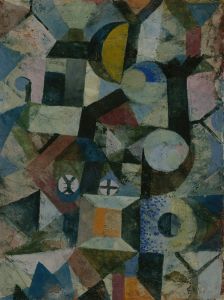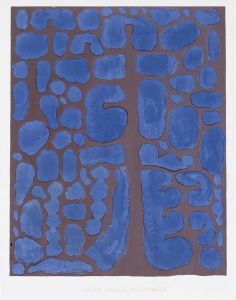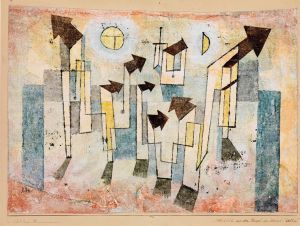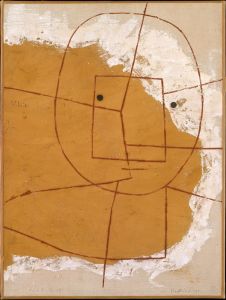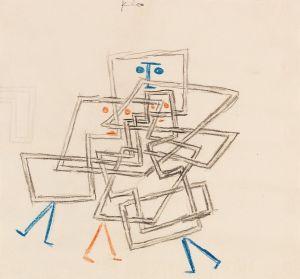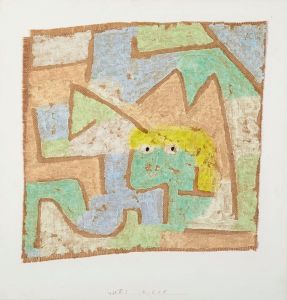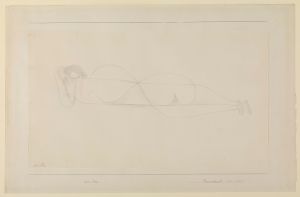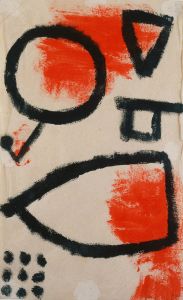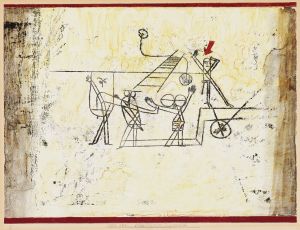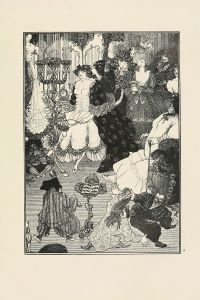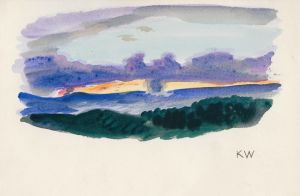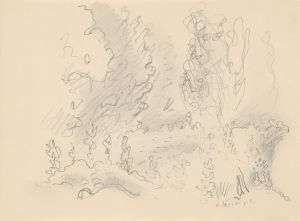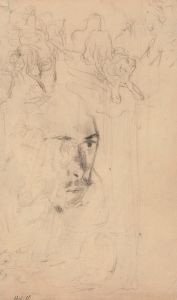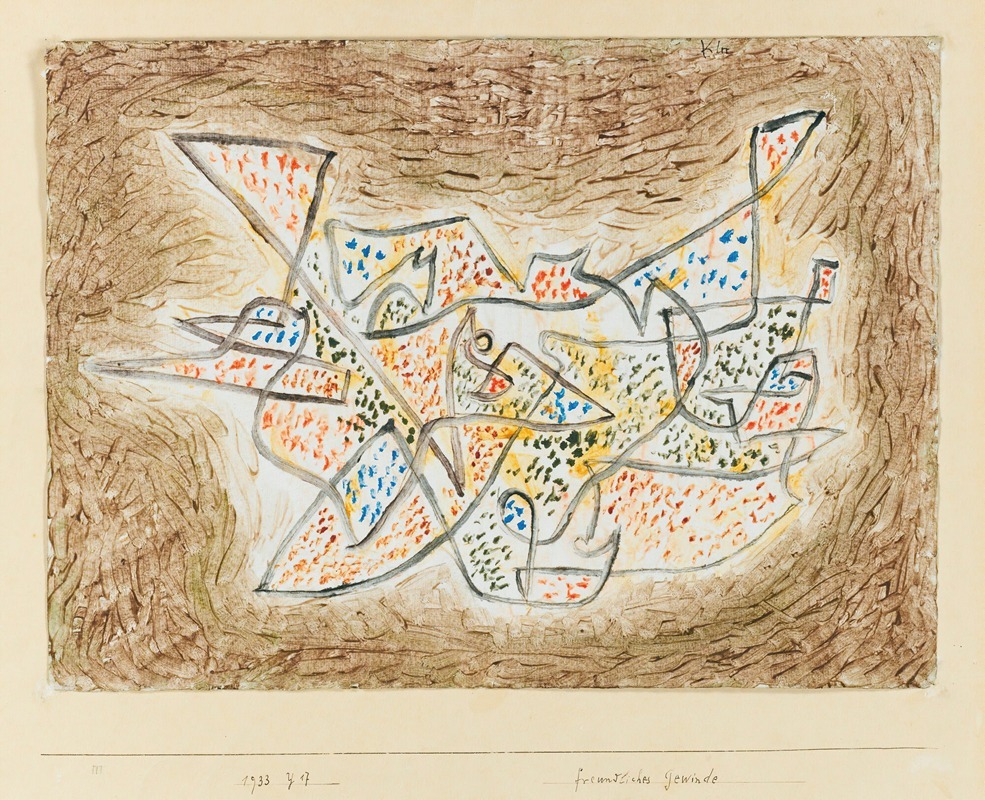
Freundliches Gewinde
A hand-painted replica of Paul Klee’s masterpiece Freundliches Gewinde, meticulously crafted by professional artists to capture the true essence of the original. Each piece is created with museum-quality canvas and rare mineral pigments, carefully painted by experienced artists with delicate brushstrokes and rich, layered colors to perfectly recreate the texture of the original artwork. Unlike machine-printed reproductions, this hand-painted version brings the painting to life, infused with the artist’s emotions and skill in every stroke. Whether for personal collection or home decoration, it instantly elevates the artistic atmosphere of any space.
Paul Klee's Freundliches Gewinde (translated as "Friendly Spiral" or "Friendly Twine") is a painting created in 1927 by the Swiss-born German artist, who is widely regarded as one of the most influential figures in modern art. Known for his highly individual style that combined elements of expressionism, surrealism, and abstraction, Klee's works often reflect his deep interest in color theory, music, and the interplay between the natural and the abstract.
Freundliches Gewinde is an example of Klee's exploration of geometric forms and organic shapes, which he frequently used to create compositions that evoke both structure and spontaneity. The painting features a spiral-like motif, rendered in soft, harmonious colors that reflect the title's suggestion of friendliness or gentleness. Klee's use of a spiral form in this work may be seen as part of his broader interest in natural patterns and rhythms, themes that recur throughout his oeuvre.
The painting was created during Klee's tenure at the Bauhaus, the influential German art school where he taught from 1921 to 1931. At the Bauhaus, Klee was deeply involved in teaching and developing theories about the relationship between art, design, and form. His work from this period often reflects the Bauhaus emphasis on combining artistic creativity with structural clarity and experimentation.
Klee's artistic process was meticulous and methodical. He often worked with a variety of media and techniques, and his paintings from this period frequently incorporate layered textures and subtle gradations of color. In Freundliches Gewinde, the interplay of line and color demonstrates Klee's mastery of balancing complexity with simplicity, a hallmark of his style.
The painting is part of Klee's extensive body of work, which includes over 9,000 pieces created during his lifetime. Today, Freundliches Gewinde is housed in the Zentrum Paul Klee in Bern, Switzerland, a museum dedicated to the artist's life and work. The Zentrum Paul Klee holds the largest collection of Klee's works and serves as a major resource for the study and appreciation of his contributions to modern art.
As with many of Klee's works, Freundliches Gewinde invites viewers to engage with its abstract forms and interpret its meaning on a personal level. Its title and composition suggest a sense of movement and connection, qualities that resonate with Klee's broader artistic philosophy of blending the tangible and the intangible in his art.





